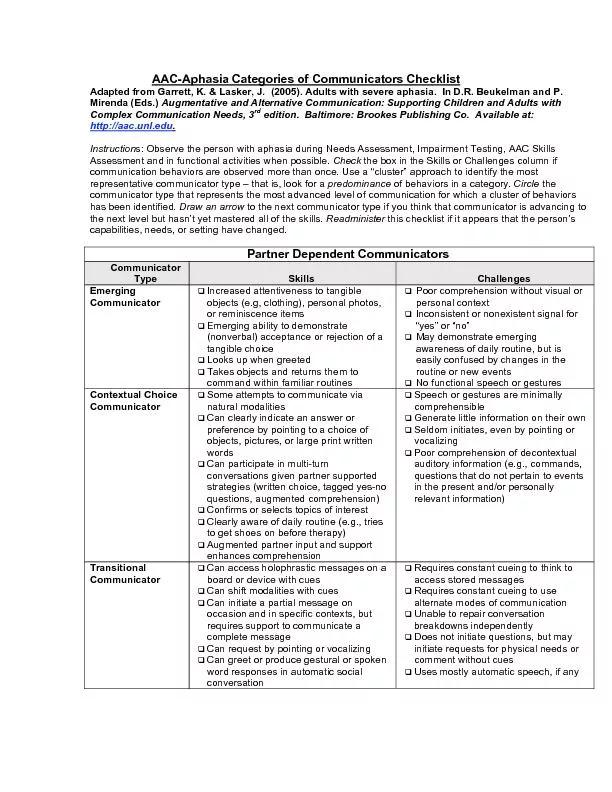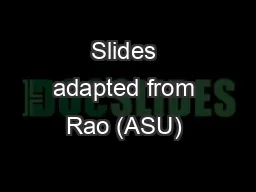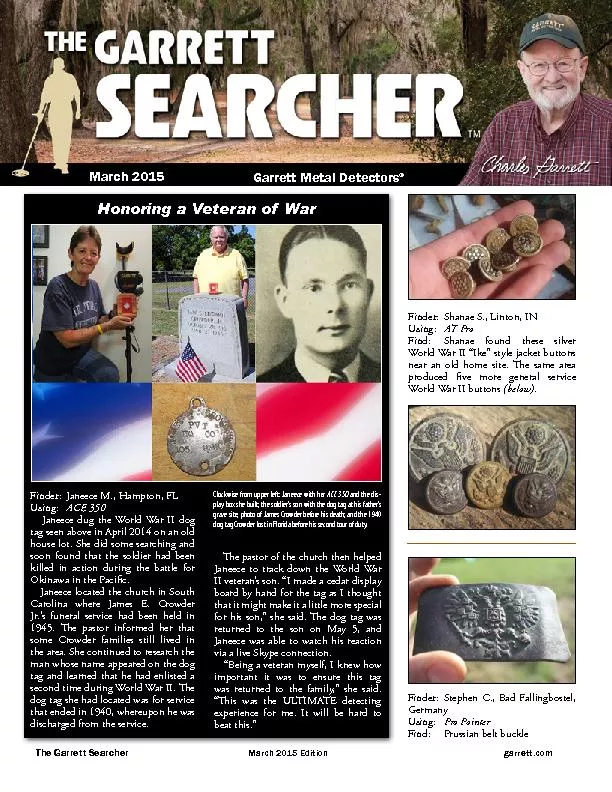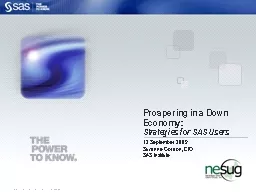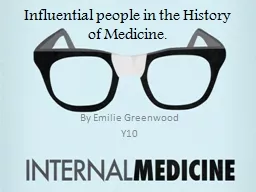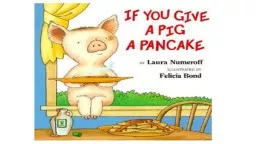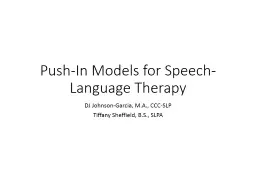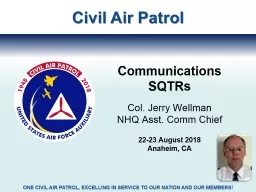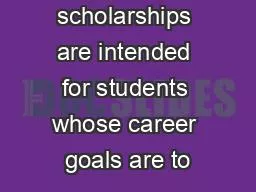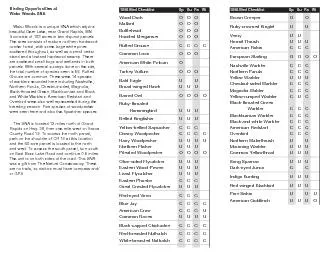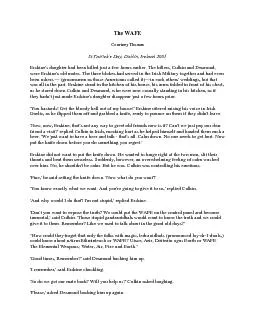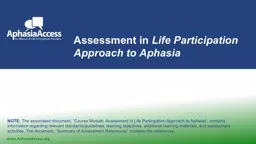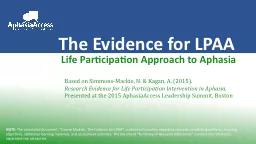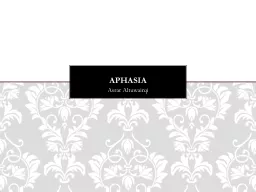PDF-Aphasia Categories of Communicators Checklist Adapted from Garrett, K.
Author : pamella-moone | Published Date : 2016-05-21
Check the box in the Skills or Challenges column if communication behaviors are observed more than once Use a
Presentation Embed Code
Download Presentation
Download Presentation The PPT/PDF document "Aphasia Categories of Communicators Chec..." is the property of its rightful owner. Permission is granted to download and print the materials on this website for personal, non-commercial use only, and to display it on your personal computer provided you do not modify the materials and that you retain all copyright notices contained in the materials. By downloading content from our website, you accept the terms of this agreement.
Aphasia Categories of Communicators Checklist Adapted from Garrett, K.: Transcript
Download Rules Of Document
"Aphasia Categories of Communicators Checklist Adapted from Garrett, K."The content belongs to its owner. You may download and print it for personal use, without modification, and keep all copyright notices. By downloading, you agree to these terms.
Related Documents

